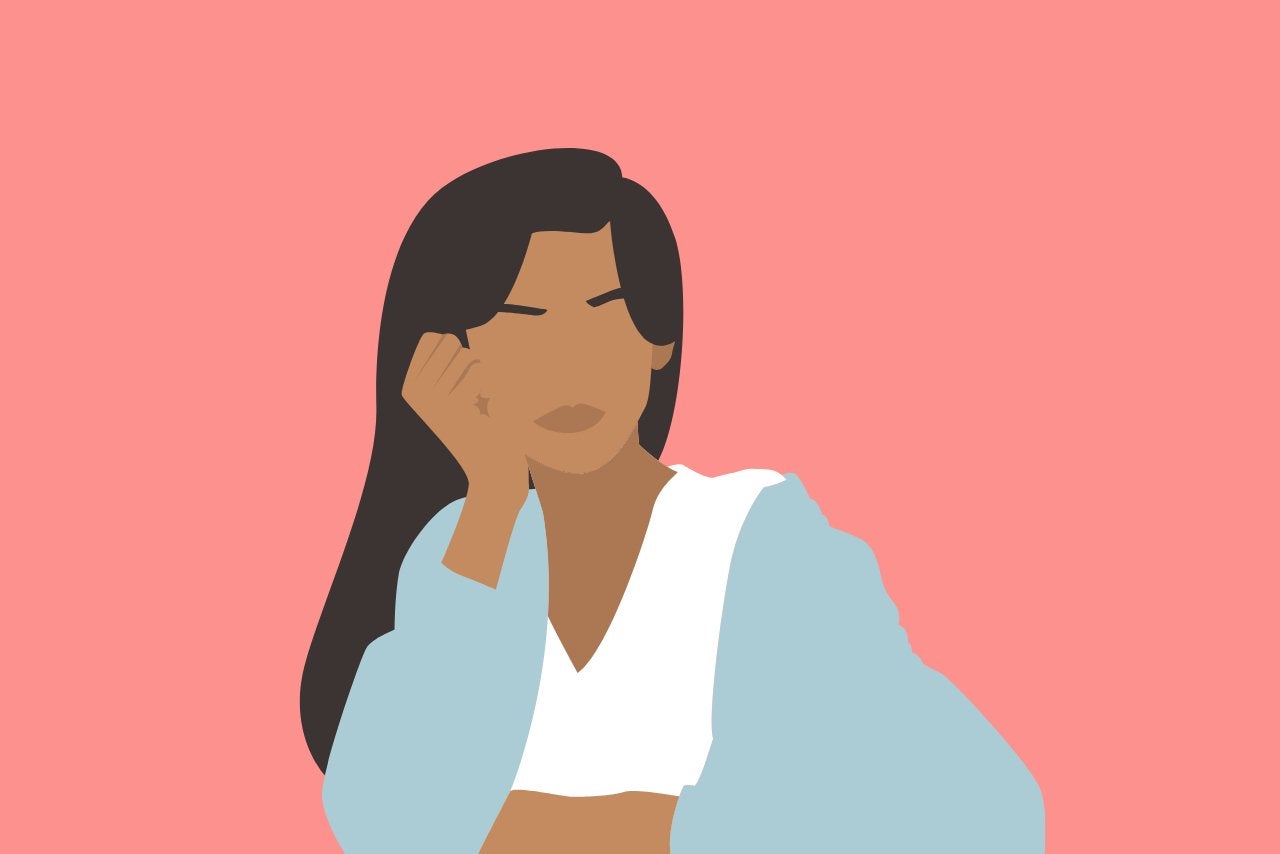On a surface-level, the plot of the recent anime Jujutsu Kaisen seems ordinary: teenager Itadori Yuuji must save the world from cursed demons along with his fellow classmates. However, this anime does one thing extremely well–portraying its women characters as actual characters.
Jujutsu Kaisen is a shonen anime, made specifically to appeal toward younger male audiences. Other types of shonen include Naruto, My Hero Academia, and Dragon Ball. These shonens are characterized with male protagonists as they embark on a “hero’s journey” that’s chock-full of action and character development. However, much of the women in these shonens are usually seen as side characters. Or, even worse, they’re only portrayed as the male protagonist’s love interest and a “damsel in distress.” Rarely are they given any attention at all compared to the other male characters in a typical shonen.
For example, the women characters in Naruto are rarely mentioned at all compared to their male counterparts and are even seen as weak because of this. Unfortunately, this is seen all the time in shonen, as it is made specifically for the typical young man.

This was episode 17, where two of the female characters–Kugisaki Nobara and Nishimiya Momo–clash over their ideals as female sorcerers and the expectations they have to uphold. Momo says, “Even if they are strong, women have to be cute, or they’ll be undervalued.” Momo’s dialogue clearly portrays the ironic juxtaposition that female sorcerers have to keep up in contrast to their male counterparts. Even if they may be strong, they still have to be physically attractive because that is seemingly what women are supposed to be.

Rarely do anime enjoyers such as myself see women being portrayed in such an empowering light. In fact, not only did we get a scene of this powerful dialogue, but we got an entire episode revolving around the female characters of the series and the various complexes they held. In other words, the heroines were being seen as more than just women.
Even though later on there aren’t any episodes that only feature the heroines, they still make themselves known as they remain essential to the plot’s development. With strong women characters being represented so remarkably in the shonen genre, combined with a great plot, it’s no wonder that Jujutsu Kaisen won the “Anime of the Year Award” at the 2020 Crunchyroll’s Anime Awards.
Jujutsu Kaisen’s portrayal of women is a step in the right direction in the world of shonen anime: to portray strong female heroines who are capable of being more than just a love interest or a damsel in distress.



